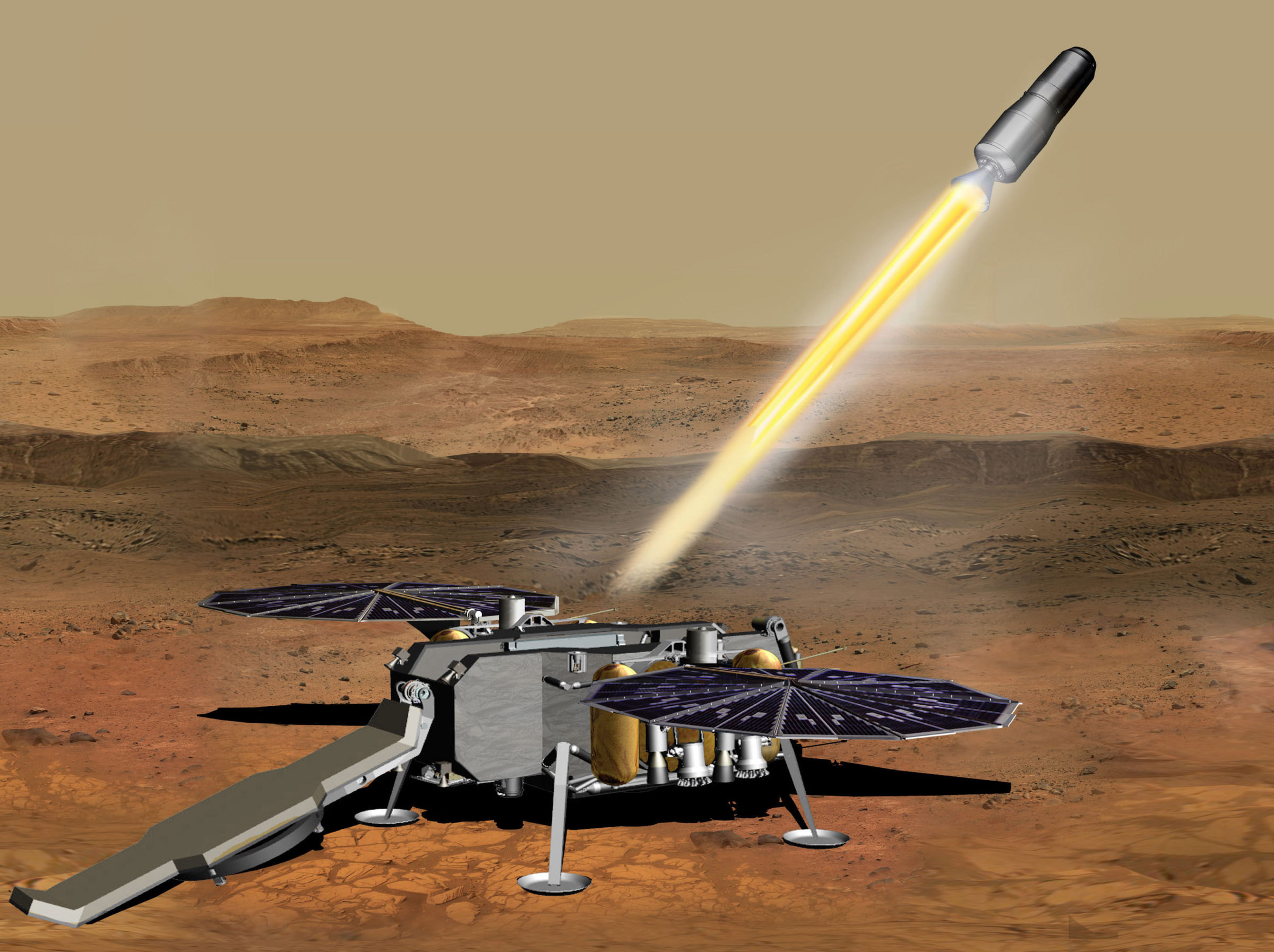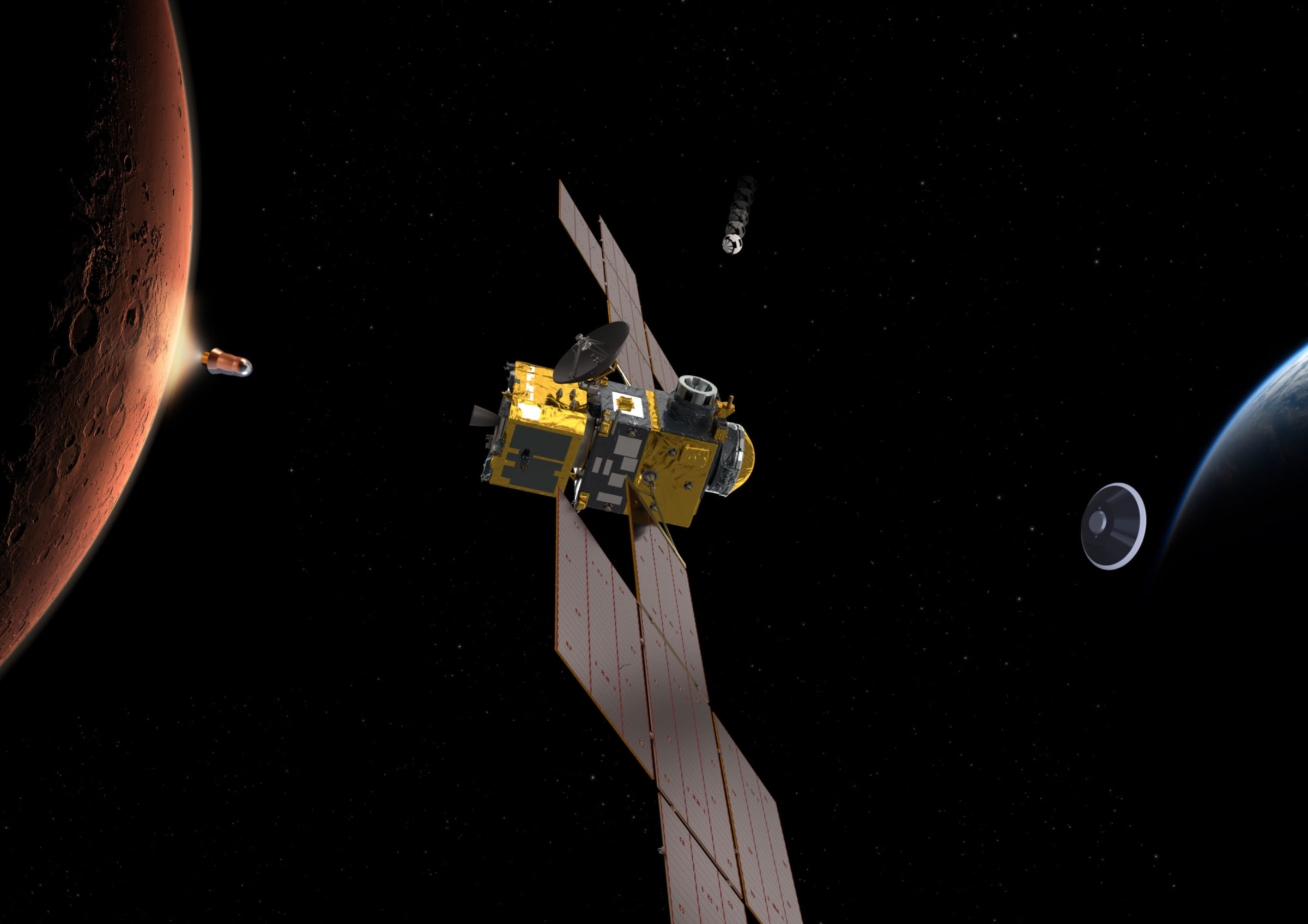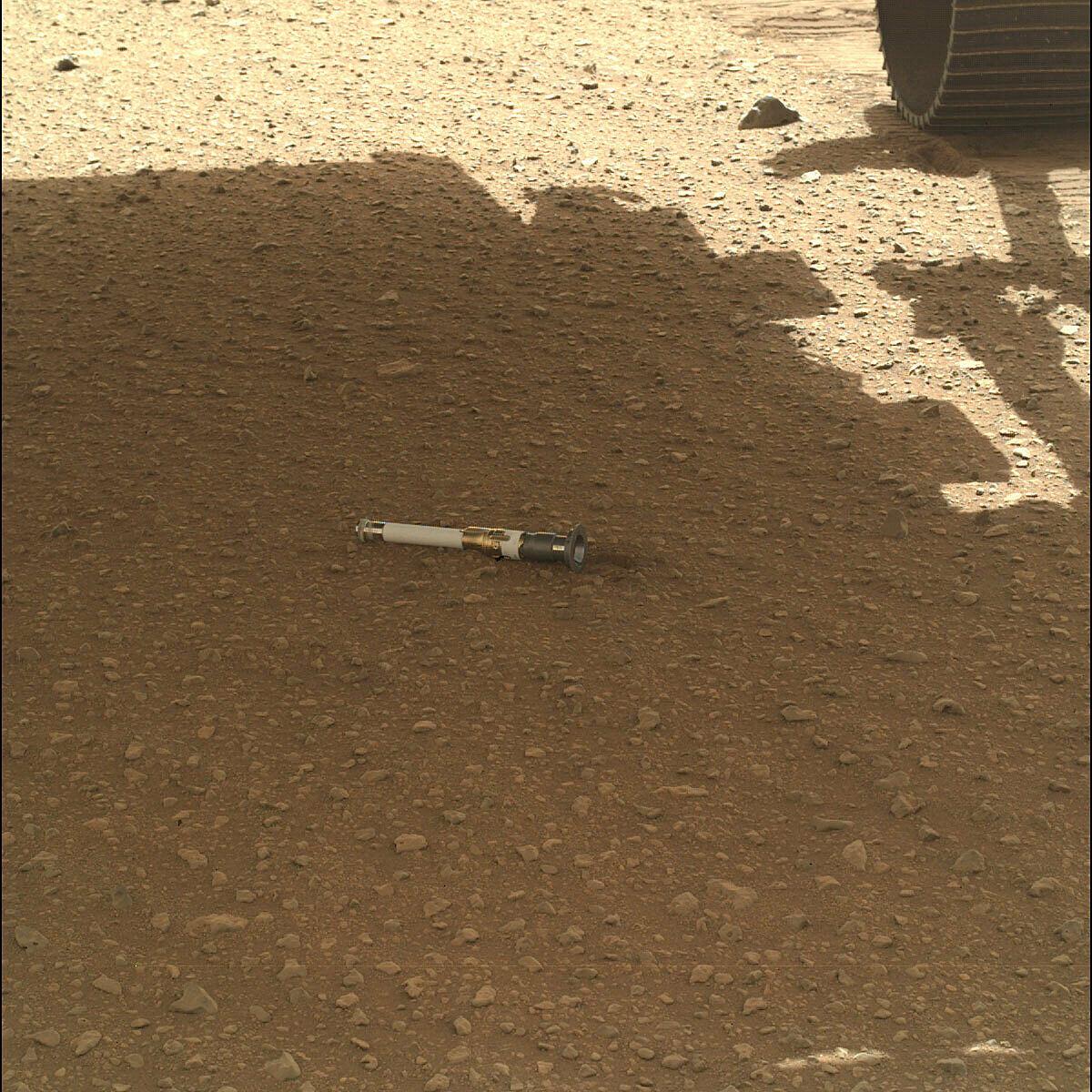Mars Sample Return, an international project to bring Mars to Earth
Highlights
- To date, humans have only returned samples to Earth from a few other bodies in the solar system: the Moon, asteroids Itokawa, Ryugu, and Bennu, and the tailings of comet Wild 2.
- Mars Sample Return is a series of missions by NASA and the European Space Agency to return samples from Mars’ surface to Earth by the 2030s.
- Despite advances in space technology, certain science questions — including whether or not a Mars rock sample contains signs of ancient life — can only be answered in Earth-based laboratories.
Why do we need Mars Sample Return?
Humans have been exploring Mars with robotic spacecraft since the 1960s. We have learned that liquid water once existed on the surface, and that the planet had a warm, wet environment that could have supported life as we know it.
Was Mars warm and wet for long periods during which life could have arisen, or mostly cold and dry with only brief intervals that could have supported life? What was its early atmosphere like? Can we find direct evidence of past life there, such as fossilized microbes or ancient chemical signatures that resemble life as we know it?
These answers can be found in Mars’ rocks and soil, which lock in atmospheric gases, preserve signs of past life, and carry clues revealing the environment in which they formed. Despite impressive advances in miniaturizing science instruments for space missions, certain questions can only be answered by tools that are too large, heavy, and power-hungry to fly on spacecraft. Fortunately, there’s a way around this limitation: rather than bringing our tools to Mars, we can bring Mars samples back to Earth.

What are the specific benefits of bringing space samples back to Earth?
Precision. Some space-bound experiments can’t be done very precisely. One example is determining the origin and age of a rock, which is extremely important as we try to piece together just how long Mars may have been warm and wet for life to arise.
Reproducibility. Science is all about being able to reproduce your results, especially when those results could be something as astonishing as life on Mars. Even if a spacecraft found what looked like a microscopic fossilized cell, or a chemical signature that was identical to life on Earth, we need to reproduce those results using more than one science instrument in more than one laboratory.
Duration. When NASA returned samples from the Moon during the Apollo program, it knew technology would improve over time, so it stored some samples aside and even kept some sealed. Bringing Mars samples back from Earth would mean being able to pull them out for future generations.

How Mars Sample Return will work
To date, humans have only returned samples to Earth from a few other bodies in the solar system: the Moon, asteroids Itokawa, Ryugu, and Bennu, and the tailings of comet Wild 2. NASA’s Genesis mission collected and returned samples of solar wind, and samples from asteroid Bennu are scheduled to arrive back on Earth in 2023.
Mars is a far more challenging destination than any of the above examples. It is farther away, with a thin atmosphere that complicates landings and a gravity field almost 40% as strong as Earth’s, which makes it harder to blast back off the surface. Only in the past decade have Mars landing technologies improved enough for us to be confident that we can land in the same spot multiple times—an ability needed for multi-spacecraft sample return missions.
NASA’s Perseverance rover, which launched to Mars in July 2020 and arrived in February 2021, is the first step of sample return. It's exploring Jezero crater, the site of an ancient lake and river delta. There, the rover is using its onboard drill to collect and seal samples from rocks that formed in Mars’ warm, wet past.
Getting those samples back to Earth will take additional missions for which NASA and the European Space Agency (ESA) will team up to share expertise and cost. After an independent review found cost and schedule problems with the project, NASA reevaluated its plans and is now set to pursue two further studies of how the program may proceed.
What’s going on with Mars Sample Return?
NASA's biggest science project is undergoing an unprecedented second independent review amidst growing cost estimates and daunting technical and managerial challenges.
Support missions like Mars Sample Return
Whether it's advocating, teaching, inspiring, or learning, you can do something for space, right now. Let's get to work.


 Explore Worlds
Explore Worlds Find Life
Find Life Defend Earth
Defend Earth



